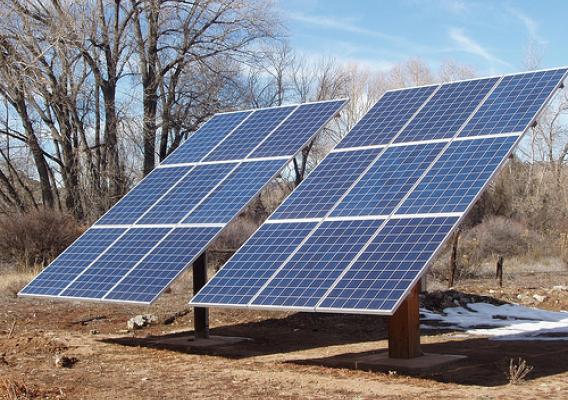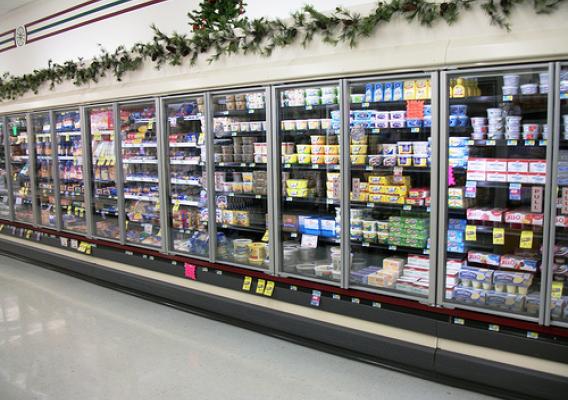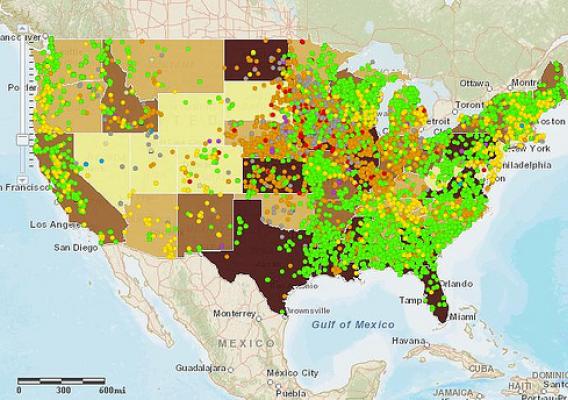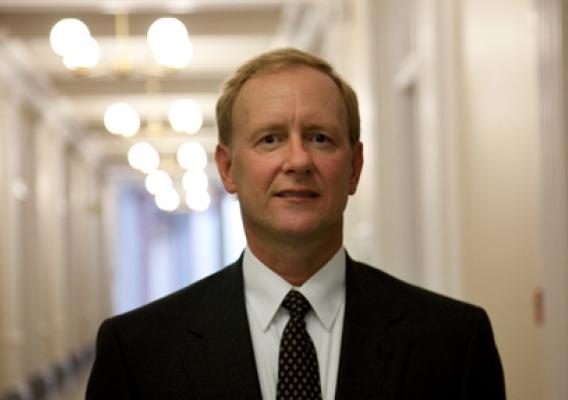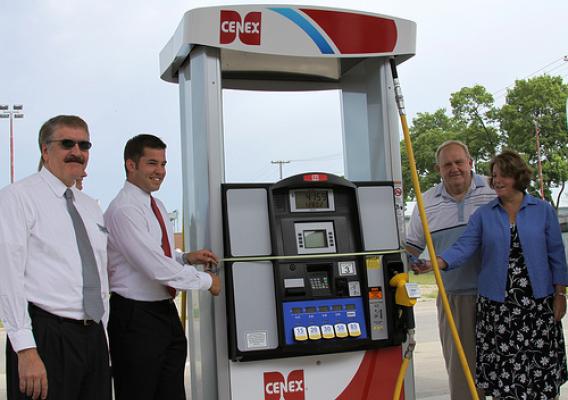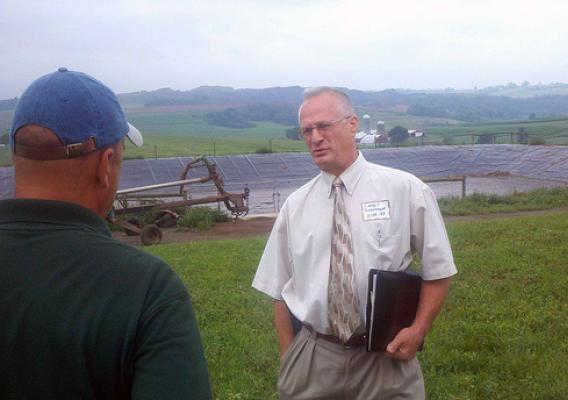Reducing rental housing operating expenses, preserving the environment and promoting local energy sources is a priority for USDA Rural Development, demonstrated by green-energy initiatives like the Rural Energy for America Program (REAP) and the Business and Industry Guaranteed Loan Program. Rural Development is now offering the Multi-Family Housing Energy Efficiency Initiative as part of the existing application process for Section 515 Rural Rental Housing Program for New Construction, Section 514 Farm Labor Housing Loans and Section 516 Farm Labor Housing Grants for Off-Farm Housing, Section 522 Housing Preservation Grants, and Sections 514, 515 and 516 Multi-Family Housing Revitalization Demonstration Programs. This new initiative aims to promote development projects that make an effort to reduce energy use, reduce energy required from the energy grid supply, have little or no net emission of greenhouse gasses, and are economically viable.
The Energy Efficiency Initiative focuses on three areas: energy conservation, energy generation, and green property management. Points are given to applicants for energy efficiency certifications, use of energy efficient building materials and design strategies, generation of energy on site, and commitments to energy efficient post-construction operation and maintenance. Through administration of this initiative combined with existing Rural Development programs, USDA hopes to reduce the need for outside energy sources, reduce energy costs, promote the economy, and ultimately secure a better environment for future generations.

